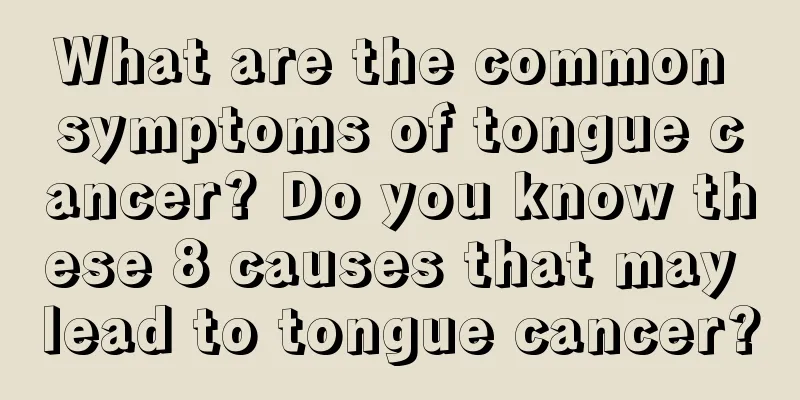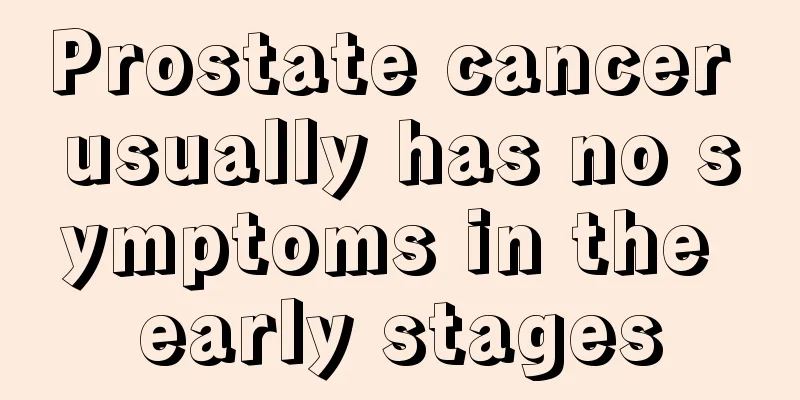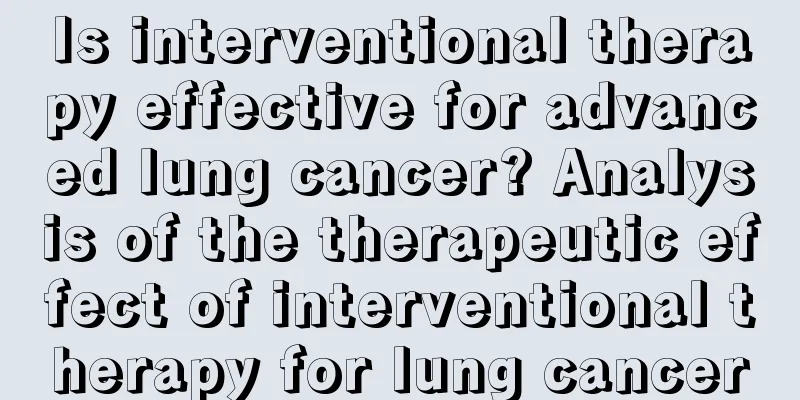What does hypoxia mean

|
Once hypoxia occurs, it will be very dangerous to people's bodies and will directly lead to death. Therefore, you must go to the hospital as soon as you feel that your body is lacking oxygen. Oxygen treatment measures must be taken to allow patients to feel the fresh air they are breathing. In addition, do not let them go to noisy environments and keep the living environment absolutely quiet. Hypoxia refers to a pathological process in which insufficient oxygen supply or oxygen utilization disorder in tissues leads to abnormal changes in the metabolism, function and morphological structure of tissues. Hypoxia is a very common pathological process in various clinical diseases. Hypoxia of important organs such as the brain and heart is also an important cause of death. In addition, the significant decrease in arterial oxygen content leads to insufficient oxygen supply to tissues, which is also called hypoxemia. Hypoxia refers to the lack of endogenous oxygen, which is the oxygen bound to cells. According to the cause of hypoxia and the characteristics of blood gas changes, simple hypoxia can be divided into four types: 2.1 Hypotonic hypoxia Hypotonic hypoxia refers to a significant decrease in Pa O2 resulting in insufficient oxygen supply to tissues. When Pa O2 is lower than 8kPa (60mmHg), it can directly lead to a significant decrease in CaO2 and SaO2, so hypotonic hypoxia can also be called hypotonic hypoxemia. 2.1.1 Reasons Common causes of hypotonic hypoxia are low oxygen partial pressure of inspired gas, pulmonary dysfunction, and increased mixing of venous blood into arterial blood. (1) Low oxygen partial pressure of inhaled gas: Hypoxia caused by inhaling gas with too low oxygen partial pressure is also called atmospheric hypoxia. (2) External respiratory dysfunction: caused by pulmonary ventilation or gas exchange dysfunction, known as respiratory hypoxia. It is common in various respiratory diseases, respiratory center depression or respiratory muscle paralysis, etc. (3) Venous blood is shunted into the arteries: more common in congenital heart disease. 2.1.2 Characteristics of blood oxygen changes ① The PaO2 decreases due to the low oxygen pressure diffused into the arterial blood. Too low PaO2 can directly lead to a decrease in CaO2 and SaO2; ② If there is no abnormal change in the quality and quantity of Hb, CO2max is normal; ③When PaO2 decreases, 2,3-DPG in red blood cells increases, so blood SaO2 decreases; ④ In case of hypoxia, PaO2 and blood SaO2 decrease, which leads to a decrease in CaO2; ⑤The arteriovenous oxygen difference decreases or changes little. Normally, when 100 ml of blood flows through tissues, about 5 ml of oxygen is utilized, that is, AV d O2 is about 2.23 mmol/L (5 ml/dl). The driving force for oxygen diffusion from blood to tissues is the oxygen partial pressure difference between the two. In case of hypotonic hypoxia, PaO2 and CaO2 are significantly reduced, which slows down the diffusion rate of oxygen. The same amount of blood diffuses less oxygen to tissues, eventually leading to a decrease in AVdO2 and tissue hypoxia. In case of chronic hypoxia, when the tissue's ability to utilize oxygen increases compensatorily, the change in A-Vd O2 may not be obvious. |
<<: How long to soak tapioca pearls
Recommend
Causes of cervical precancerous lesions Harms of cervical precancerous lesions
What causes cervical precancerous lesions? Every ...
The difference between a snake-like face and a melon-shaped face
I don’t know when the snake-like face became popu...
What are the prescriptions for treating high blood pressure?
Hypertension is one of the most common diseases n...
What are the effects and functions of calcium magnesium tablets?
Calcium magnesium tablets contain minerals such a...
Why do I sweat more than before?
Sweating more than before may be due to yang defi...
What causes intestinal bloating? Mostly this factor!
In life, many people will experience gas in their...
Is cystoscopy reliable for kidney cancer?
Cystoscopy for kidney cancer: In our daily life, ...
Is it better to sleep on a latex pillow high or low?
I believe everyone is familiar with latex pillows...
What are the key points for lung cancer prevention? 5 key points to know for lung cancer prevention
To prevent lung cancer, we must first understand ...
What to do if the gap between front teeth is too big
Under normal circumstances, it is difficult to se...
Six things to note in postoperative dietary care for colorectal cancer
Colorectal cancer is a common malignant tumor in ...
What are the methods for treating pituitary tumors
Nowadays, many people are diagnosed with pituitar...
What to eat to supplement nutrition when having a fever
Colds and fevers are common diseases in our lives...
Functions of various organs in the human body
Everyone knows that our body is made up of variou...
What fruits are suitable for kidney stones?
Kidney stones are a stubborn disease, so the frui...









